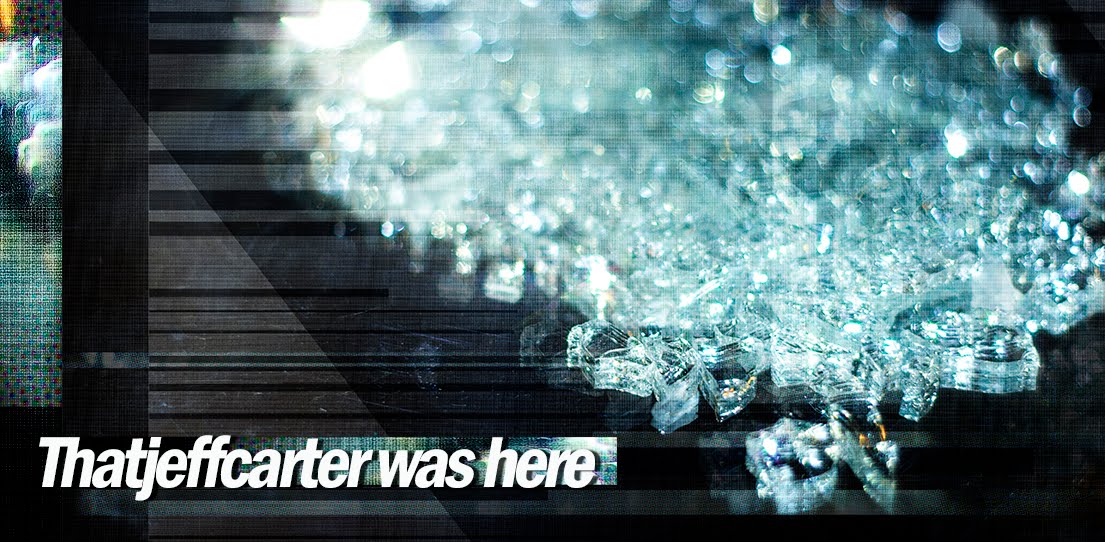I am currently enrolled as a student at the Des Moines Area Community College (DMACC). This semester I am taking an art appreciation class. The following was written as an assignment for that class. We were required to visit the Des Moines Art Center (either in person, or by way of the internet), to view the works on display and to write about one of them.
***
I don’t know if “The Amazing Juggler” (oil on canvas, 64
3/4” x 39 5/8”) by the Japanese born, American artist Yasuo Kuniyoshi, was
specifically intended by the artist to be understood as a self-portrait, but
the painting can certainly be read as such. Painted in 1952, a year before his
death, it is a haunting and melancholic dream of his life and career as an
artist in America.
Featuring a cast of circus performers-two acrobats and the
eponymous juggler-in an uncertain and ambiguously defined space, “The Amazing
Juggler” continues Kuniyoshi’s lifelong use of circus and carnival themes. One
of the acrobats tumbles through the background, moving horizontally through the
upper third. Is this clown tumbling into or out of the frame? In the lower
right, another female performer rests in the curved trunk of an elephant. But
it is the juggler who holds central position in the painting. He is deftly
juggling four balls while riding a bicycle. Above them all are the poles and
cables of the circus tent–or are they the steel frames of modern city
skyscrapers? Everything is motion; the acrobat is cavorting, the elephant rider
is rocked, the juggler cycles towards the viewer. Even the foreground and
background are in motion, merging in uncertain space. The red performance floor
pushes backward, vertically, into what is either the sky or the circus tent.
Most of the work is defined by the shapes of the
performers–but the space they perform in is defined and broken by lines. The
horizon is uneven. What may be read as the floor also becomes the vertical line
of the circus tent post. The sky above is divided the painting’s strongest
lines–dark and rigid–but even so, they give no clear definition of the space.
Kuniyoshi has painted this picture with rough strokes and
dry scumbled paint. In many places, pencil lines show through the paint. The
effect is to create soft focus haze that emphasizes the dream-like qualities of
the painting. Even the garish colors–bright red, pink, magenta, turquoise, and
orange–are softened. What could easily become a nightmare is subtly subdued.
The Juggler occupies the same space as the vertical dividing
line with a performer on either side. But Kuniyoshi has kept this from becoming
a static arrangement by arranging the two other performers on a diagonal line.
The Juggler himself seems instable, almost ready to fall off the bicycle, but
is held balanced against that strong vertical line. The balance is precarious,
however; the chaotic motion of the performers comes dangerously close to a
crash. Perhaps that is the thrill of their performance.
In contrast to the other two performers in this painting,
the Juggler is wearing a mask. And his mask, in contrast to the rest of the
painting, filled with bright, brash color, is sober in black and white and with
its long nose resembles the medico della peste (“plague doctor”) masks of
Venetian carnivals, a memento mori symbol of death. The mask displays a rictus
that may be a smile–but only ambiguously so. Is it pleasure? Is it pain? Is
it something of both?
Born in Japan in 1889, Yasuo Kuniyoshi came to America,
alone, in 1906. He lived in the United States of America the rest of his life,
but was prohibited by law from ever becoming an American citizen. Even after
living in this country for decades, and having become a respected member of the
artistic community, when Japan attacked Pearl Harbor, Kuniyoshi’s status went
from “resident alien” to “enemy alien” (Wang 3).
Kuniyoshi, like many other immigrants at the time, was
placed under house arrest and interrogated by
the FBI. His camera was
confiscated (a hardship since he worked as a photographer as well as a
painter). Yet, unlike many other Japanese Americans at the time, Kuniyoshi
avoided the internment camps. He was spared this indignity because he had a few,
well connected friends who vouched for him, and because he willingly (if not
pleasurably) contributed to the production of war-time propaganda (Wang 5 – 6).
A photograph in Time magazine shows him working on a hateful painting of a characterized Japanese General Hideki Tojo. (
If understood as a self-portrait, “The Amazing Juggler”
shows us a Yasuo Kuniyoshi, who is a precariously balanced performer,
skillfully performing his tricks-but aware that stability is precarious. His
place in society is held only through dexterous manipulation, keeping all the
props aloft and in motion, a balancing act that threatens to veer off course
and come crashing down. He hides behind a mask that seems to say “I am smiling,
see how much fun we’re having,” but that smile is dubious and there a
foreboding of death. It is the American dream-almost a nightmare. The Amazing
Juggler performs, but does he enjoy it?
Wang, Shi Pu. Becoming American? The Art and Identity Crisis
of Yasuo Kuniyoshi. University of Hawai’i Press. 2011.








No comments:
Post a Comment